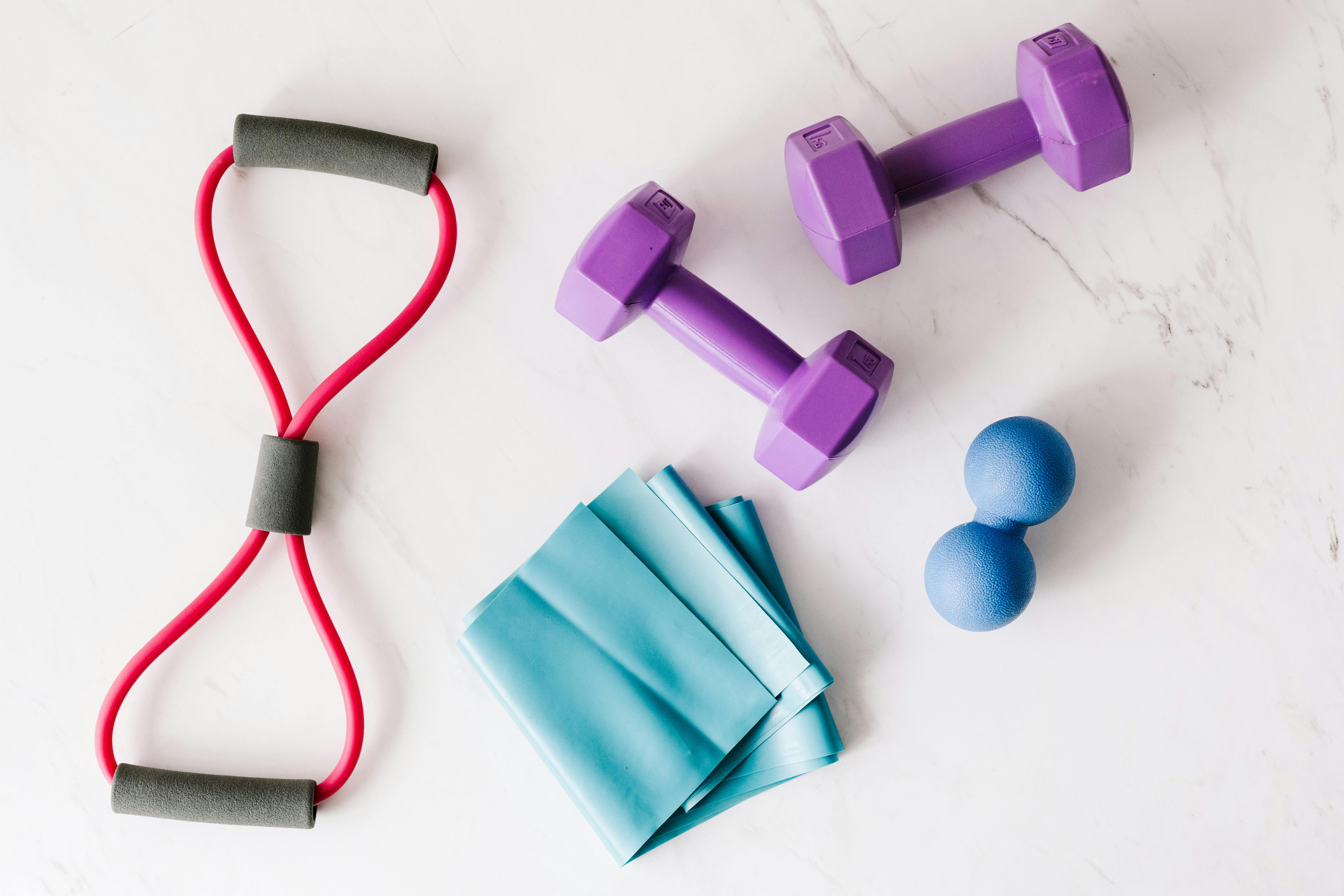Senior Fitness Test Calculator
Evaluate balance, strength, flexibility, and endurance for adults 60+ with NIA standards.
Evaluate balance, strength, flexibility, and endurance for adults 60+ with NIA standards.
The Senior Fitness Test (SFT), developed by the National Institute on Aging (NIA), assesses key physical functions in older adults to promote independence and health. It includes tests for lower/upper body strength, flexibility, balance, and aerobic endurance, tailored for ages 60–94. This calculator scores your performance against age- and gender-specific norms, categorizes your fitness level (Below Average, Average, Above Average), and provides safe exercise tips to improve mobility and reduce fall risk.
Ideal for seniors, caregivers, or fitness coaches, this tool integrates with our BMI Calculator, Body Fat Calculator, and Lean Body Mass Calculator for a comprehensive health profile. Track progress with history and export results for sharing with professionals.
Enter your age, gender, and test results below. Complete at least one test to get your fitness score. Save up to 10 entries to monitor improvements!
The Senior Fitness Test (SFT) includes six standardized tests from the NIA:
- Chair Stand: Measures lower body strength. Sit in a chair, stand up, and sit down as many times as possible in 30 seconds.
- Arm Curl: Assesses upper body endurance. Curl a light weight (5 lbs women, 8 lbs men) as many times as possible in 30 seconds.
- Sit and Reach: Evaluates lower body flexibility. Sit on a chair, reach forward toward your toes, and measure the distance (inches).
- Back Scratch: Tests upper body flexibility. Reach one hand over the shoulder and the other up the back, measuring the gap or overlap (inches).
- 2.45m Up and Go: Measures agility and balance. Stand, walk 2.45 meters, turn, and return, timing the total duration (seconds).
- 6-Minute Walk: Assesses aerobic endurance. Walk as far as possible in 6 minutes, measuring distance (feet).
 (Source: Pexels)
(Source: Pexels)
Scores are compared to NIA norms for ages 60–94, adjusted for gender. For example, men aged 60–64: Chair Stand Average (12–17 reps), 6-Min Walk Average (1640–2015 feet). Categories help identify strengths and risks like fall susceptibility. Learn more about exercise norms at ACSM.
For safe and accurate results (Mayo Clinic safety tips):
- Perform tests in a safe environment with a sturdy chair and open space.
- Use a stopwatch for timed tests and a ruler for flexibility measurements.
- Rest between tests to avoid fatigue.
- Consult a doctor if you have heart, joint, or balance issues.
Tracking your SFT scores helps you:
- Monitor strength, balance, and endurance to stay independent.
- Identify areas to reduce fall risk or improve mobility.
- Set safe exercise goals with professional guidance (CDC exercise programs).
- Combine with our BMI Calculator, Body Fat Calculator, or Lean Body Mass Calculator for holistic health insights.
The Senior Fitness Test (SFT) assesses physical function in older adults using simple tests for strength, flexibility, balance, and endurance, developed by the National Institute on Aging.
It uses validated NIA norms for ages 60–94; for clinical accuracy, consult a healthcare professional.
Below Average, Average, and Above Average, based on age and gender norms from NIA standards.
Engage in low-impact exercises like walking, chair yoga, or resistance band workouts 3–5 times per week, with medical approval (CDC guidelines).
It’s designed for seniors but consult a doctor if you have mobility issues or health conditions (Mayo Clinic).
Yes, combine with our BMI Calculator or Body Fat Calculator for a full health overview.
Low scores suggest areas for improvement; start with gentle exercises and consult a doctor (NIH).
Yes, norms adjust for ages 60–94 to account for natural declines in strength and mobility.
Every 3–6 months to monitor progress safely without overexertion.
Yes, the tests are low-impact and adaptable; modify as needed for comfort.
Chair stand, arm curl, sit-and-reach, back scratch, 2.45m up-and-go, and 6-minute walk.
Yes, low scores may signal fall risk or frailty; seek medical advice (AARP).
Regular balance, strength, and flexibility exercises (e.g., chair yoga, light weights) boost scores safely (ACSM).
Partially, but consistent exercise can significantly improve strength and mobility.
Yes, it uses age-adjusted norms; focus on seated or low-impact tests if mobility is limited.
Use this Senior Fitness Test Calculator to monitor your physical function and reduce health risks. Pair with our BMI Calculator, Body Fat Calculator, or Lean Body Mass Calculator for a complete fitness plan. Explore additional resources at Harvard Health to enhance your quality of life!